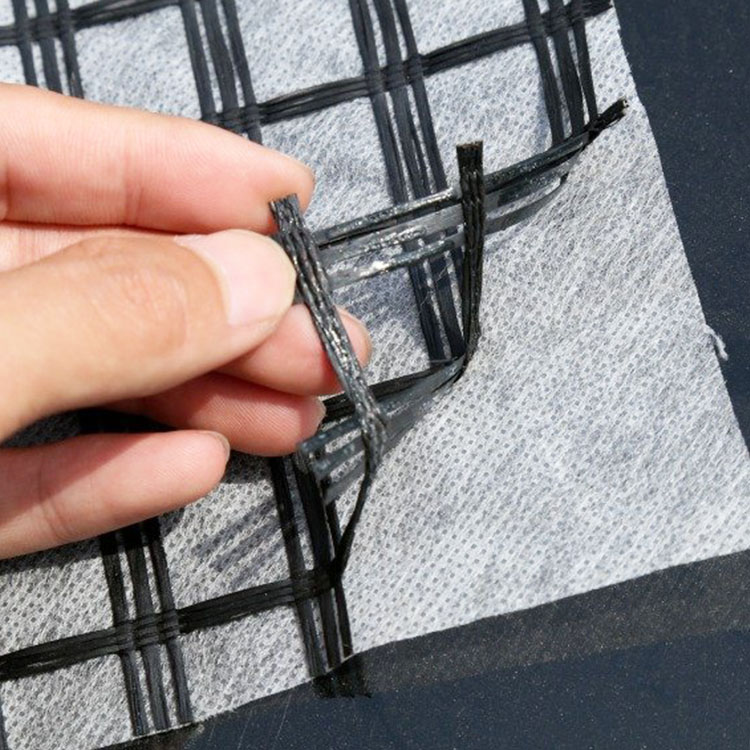

Fiberglass geogrid has many functional advantages, such as high strength, small deformation, low creep, corrosion resistance, long service life, convenient and fast construction, and relatively low cost. The main application fields of geogrids are in the reinforcement of foundations such as highways, railways, airports, docks, and dams, as well as the anti cracking function of retaining walls and road surfaces in dock embankments. Due to its high strength and low creep, fiberglass geogrids have strong adaptability to various environmental soils and can meet the needs of tall retaining walls on highways.
Compared with traditional grids, it can effectively improve the interlocking effect of the reinforced bearing surface, enhance the bearing capacity of the foundation, effectively constrain the lateral displacement of the soil, and enhance the stability of the foundation. More suitable for deep-sea operations. The reinforcement of embankments was previously done with other materials made of gabions, which have been eroded by seawater for a long time. Therefore, their strength is low, their corrosion resistance is poor, and their service life is short. The emergence of geogrids has effectively solved these technical difficulties.
There are many types of geogrids on the market, mainly including plastic geogrids, steel plastic geogrids, geogrids, fiberglass geogrids, and fiberglass polyester geogrids. They are made of different materials, so their functions are different, and the difference is not significant. Some of them have high strength and strong corrosion resistance. Plastic geogrid is a typical polymer mesh material. Generally speaking, it is formed by stretching method.
Its shape is two types of squares and spacing shapes. During the production process, there are two stretching methods, namely biaxial stretching, uniaxial stretching, and triaxial stretching. As long as it is heated, it can be better extended and then reoriented from scratch. The use of plastic geogrid is to add anti-aging materials in the geogrid, which has the characteristics of corrosion resistance, aging resistance, durability, etc., and can be used in the engineering of soaking layer. In addition, maintenance of the impregnation layer has been added.
Plastic geogrid is a kind of steel wire welded by high density (PP) or (HDPE) high-strength strip and ultrasonic welding. According to the needs of the project, choose different diameters and numbers to modify the tension of the tape. In production projects, the strength of solder joints is increased by squeezing the plastic surface. The external friction coefficient of the high-strength belt improves the bearing capacity of the soft foundation and the formation of soil fracture surfaces, which meets the construction requirements of the project.
